The British Army is increasingly integrating drones, known officially as Uncrewed Aircraft Systems (UAS), into military operations ranging from supply deliveries to high-speed drone racing, according to a news update.
Recent trials on Salisbury Plain by the Army’s Experimentation and Trials Group (ETG) demonstrated these advancements, while drone racing events in London and Colchester highlighted the Army’s commitment to exploring drones’ potential in both training and operational contexts.
During exercises, soldiers from the 2nd Battalion, The Royal Yorkshire Regiment, employed a variety of drones, each suited to specific tasks. For example, the Spike Firefly UAS was used to ambush enemy vehicles, while the Malloy T400 heavy-lift drone handled supply delivery and casualty evacuation. Reconnaissance was provided by Parrot Anafi drones, while DefendTex D40s were utilised to simulate munitions drops.
Lieutenant Colonel Karl Eze, a reservist with the Honourable Artillery Company, spoke of the potential of FPV drones in asymmetric warfare, calling them an “asymmetric capability” in the Army’s release.
These low-cost but highly effective drones have proven their impact on modern battlefields, such as Ukraine, where they are used in precision strikes that deliver significant damage while remaining agile and versatile.
ETG Commander Colonel Toby Till, quoted in the release, explained the shift drones bring to military strategy, highlighting that commanders at all levels “need to be looking up as much as they are looking down.” He noted that drones can enhance battlefield awareness through a connected network of UAS feeds, boosting a unit’s overall capability.


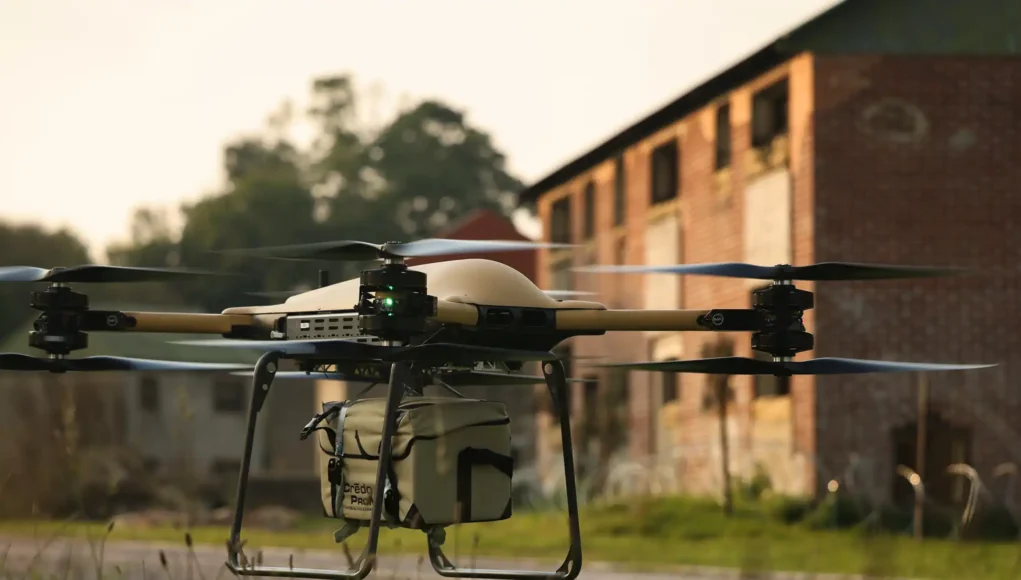
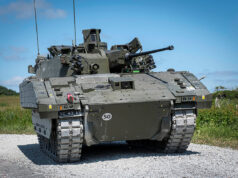
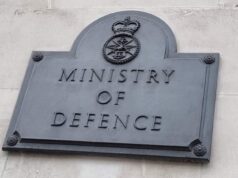
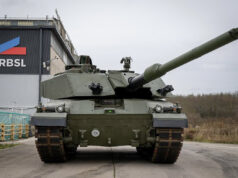
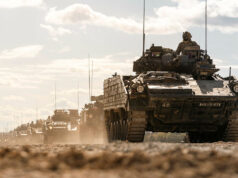
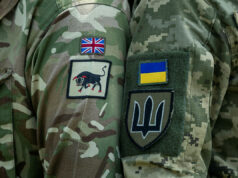
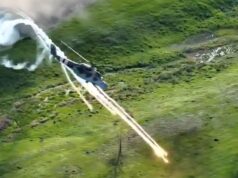

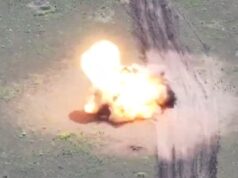

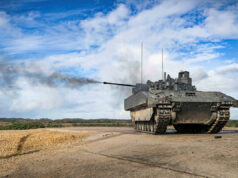

Will we ever actually buy any?
I believe the RM have some of the Malloy T400?
I know they trialled the T-400s, but they may only have T-150s in service. Even they were only officially announced at the start of this year, and they’ve made it to the RN website.
That late operational announcement despite a T-150 having been downed over Russia in Spring last year, suspected of supplying insurgents. T-400s were also sent to Ukraine more than a year ago, so I imagine they are getting enough testing in real world conditions.
Ah, sorry, the T150. 22 with the RM I thought it was.
The UK is a long way behind the curve on drones, we squandered an early lead.